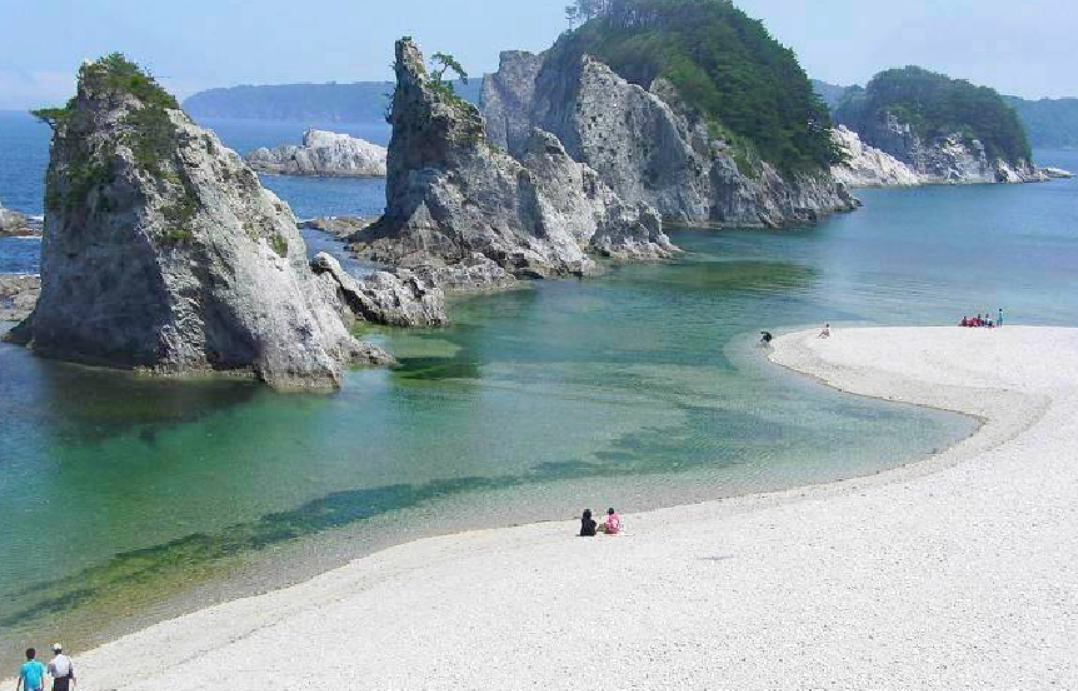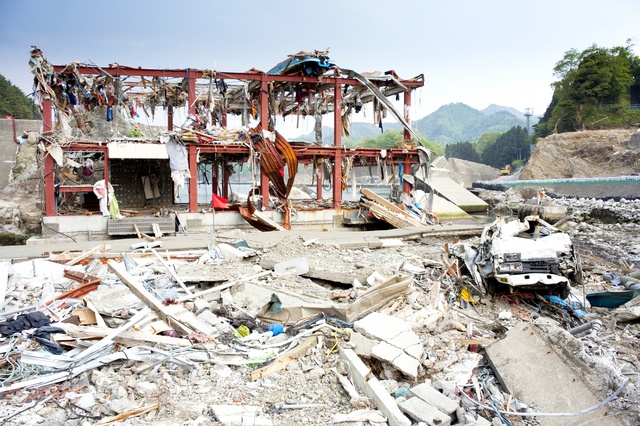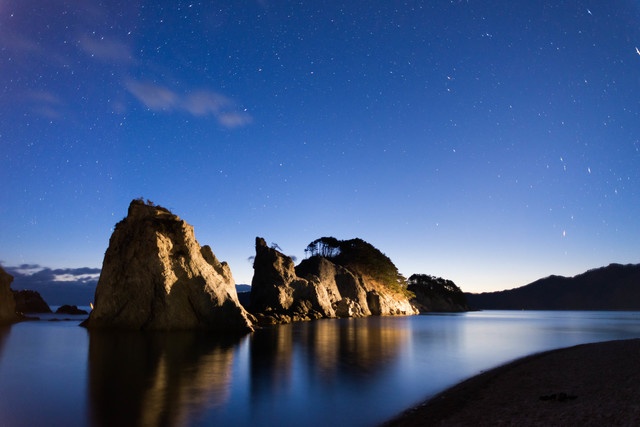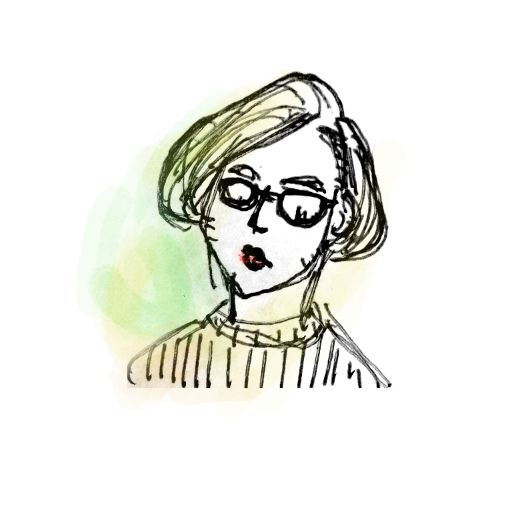Jodogahama: A View Withstanding the Tides

In my early 20s, I decided to use my summer holiday to travel the coast of Iwate on my own. I bought the JR Seishun 18 Ticket (or Seishun Ju-hachi kippu), which meant I had free range of almost all the JR stations in Japan—and I chose Miyako as my first stop.
By Chizuyo Lucashttps://www.youtube.com/watch?v=5vwhYMkLgRY
Miyako is a coastal town about two hours away from the prefectural capital of Morioka, and it was a place I had always wanted to visit. The rocky, jagged coast of Iwate is famous for its scenic beauty, but Jodogahama in particular is simply breathtaking. Volcanic boulders have been worn down over time and now shine white in the summer sun, with grassy vegetation growing upon their craggy exterior.
The bay surrounding the beach calms the Pacific waves into a gentle rolling tide, with white seashells underfoot as you take a dip. "How could I have a care in the world when there's such beauty to be found?" I thought as I walked back to the station through the streets of Miyako, passing by charming shops and buildings crowded together.
One year later, those shops were gone.

On March 11, 2011, the devastating Tohoku Earthquake and Tsunami ravaged the coast of Iwate, including the sleepy coastal town of Miyako. The amount of pain and loss was tremendous, and Jodogahama was hit hard. Debris smashed against the rocks and the waves battered the vegetation. It seemed as if it would never recover.
But those rocks had stood up to more than a few tsunami before, and will stand even after the next comes. The people of Miyako cleaned up the area and made sure Jodogahama remained as a treasure to be passed down from generation to generation. I visited the next year, and it was if the tsunami had never happened—in fact, Jodogahama seemed more beautiful than before. Children were playing in the ocean with their parents, and young adults walked together, taking pictures of the scenery. Seagulls soared overhead, singing joyfully.
I bought myself an ice cream, sat down at a nearby rest house and gazed out upon the ocean. For all the pain of the preceding year, at least people could count on Jodogahama to be a place of healing.




